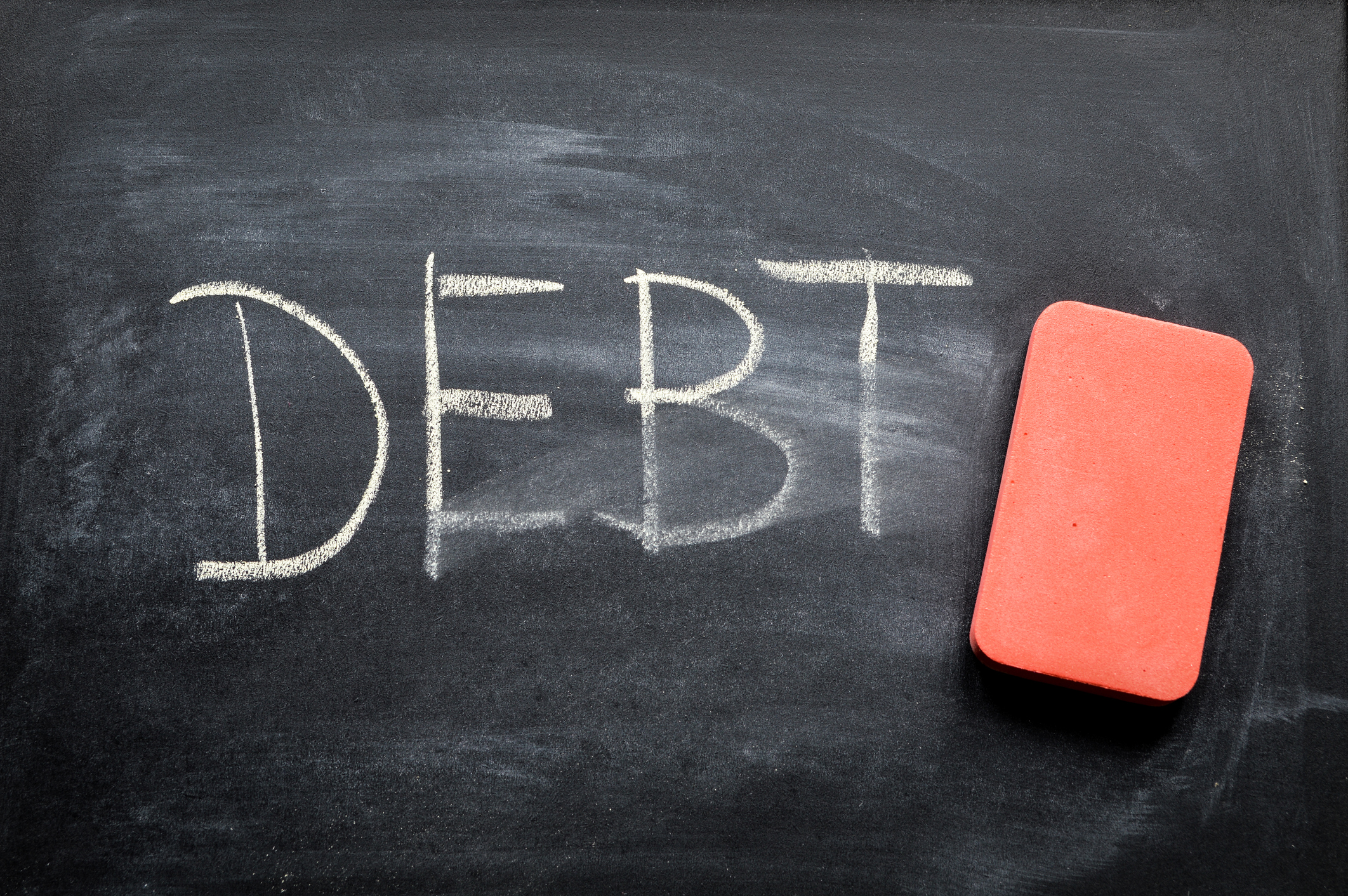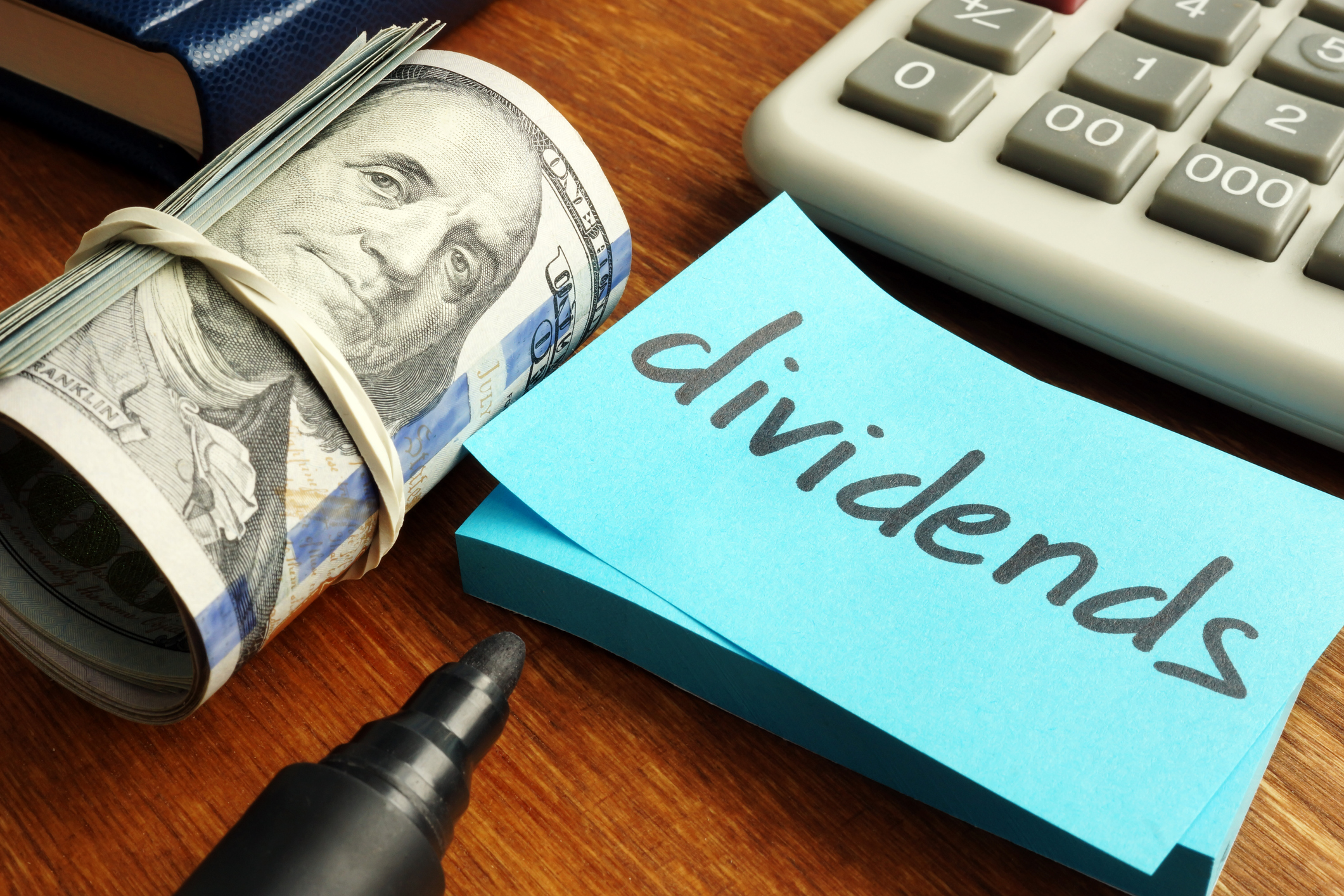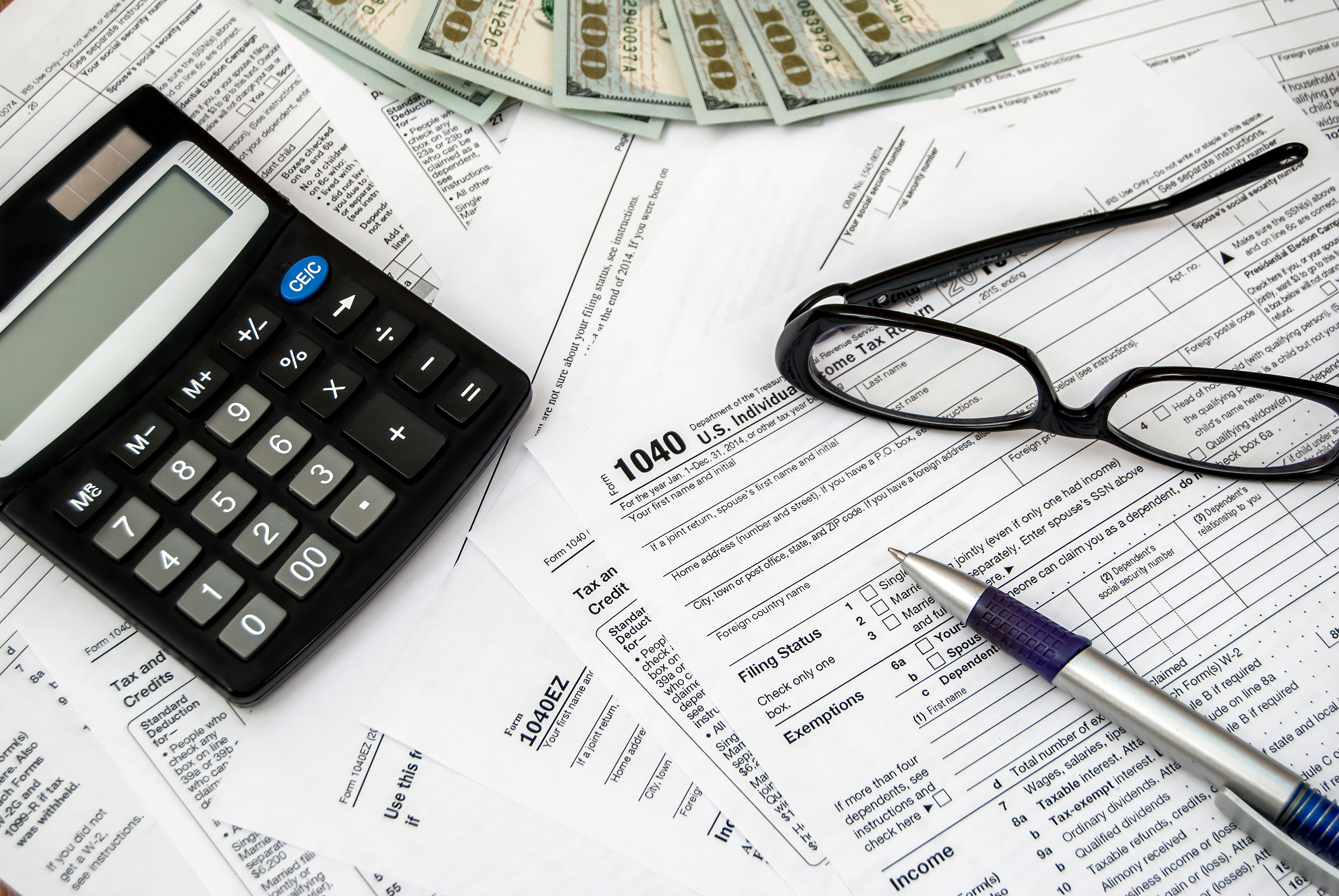Dividends in arrears are dividends owed to preferred stockholders that must be paid out before any dividends can be paid to common stockholders. The total amount of dividends in arrears is reported on the company's balance sheet, but you can also calculate it yourself.

Dividends in arrears on cumulative preferred stock: what does this mean?
Preferred stock sits in between bonds and common stock in the capital structure. It comes with a guaranteed dividend payment, similar to bond interest, and trades on a stock exchange.
The catch is that preferred stock generally doesn't allow investors to participate in equity appreciation, and, if the company goes bankrupt, bond owners will be paid out first. Additionally, companies can halt preferred dividend payments if there isn't sufficient cash flow to make the payment. This doesn't happen often and usually can only be done after a vote by the board of directors.
Board of Directors
Companies won't stop making preferred payments on a whim and are considered less creditworthy when the payments stop. But if the company does stop making dividend payments to preferred shareholders, those missed payments accumulate as a liability on the balance sheet called dividends in arrears. Note that this only applies to cumulative preferred stock. If the prospectus says the preferred stock is non-cumulative, there will be no dividends in arrears.
Generally, preferred stock will trade with a higher yield than the same company's bonds to make up for having lower priority. It also can sometimes be converted into common stock at a set price.
How to calculate dividends in arrears
The first step is to find the expected dividend payment. Locate the prospectus for the preferred stock on the SEC's EDGAR website. The prospectus will state the annual dividend payment in the offering summary. You can also find more information on things such as liquidity preference and the use of proceeds (assuming you're able to keep your eyes open long enough to read it).
Multiply the annual dividend payment per share by total shares issued to find the total expected annual dividend payment.
Most of the time, the dividend will be paid quarterly. Find the quarterly expected payment by dividing the annual payment by four.
Finally, calculate total dividends in arrears by multiplying the quarterly expected dividend payment by the number of missed payments. This is the amount that must be paid out before common stockholders are issued dividends.
How do I calculate what is owed to me?
If you are a preferred stockholder, you can perform the same calculation for your own position. Instead of multiplying the dividend per share by the total shares as in the first step of the calculation, multiply it by the number of shares you own. You can then find the total amount of money the company owes you and use that amount in your financial planning.
What do common stockholders need to know?
As stated above, common stockholders won't receive a dividend as long as there are outstanding dividends in arrears. If you're a seasoned dividend investor, you'll know how to find and calculate the current dividend yield and should know already if dividends aren't being paid. If that's the case, look into whether there are preferred shares and dividends in arrears.
If you're a common stockholder, and the company announces it will stop making preferred share dividend payments, this is a major red flag. You'll need to dig deeper into what is affecting the company's cash flow and determine whether it is a long-term defect.



















